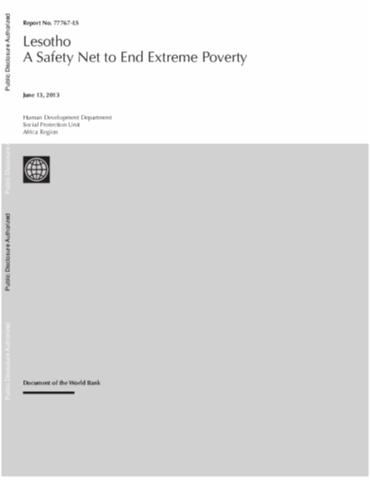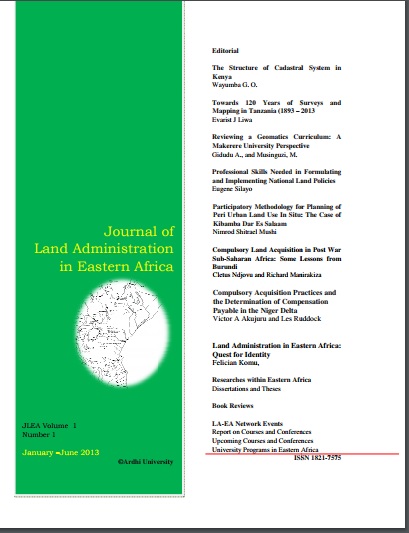Lesotho : A Safety Net to End Extreme Poverty
This report shows that while more inclusive growth is the ultimate solution to poverty in Lesotho, the country can and should use selective social transfers to reduce poverty more rapidly among the extreme poor. But because the majority of the transfers are received by people who are not among the extreme poor there is room for increasing the efficiency and effectiveness of spending on safety nets which. These programs should be productive and concentrate on the extreme poor Basotho.







